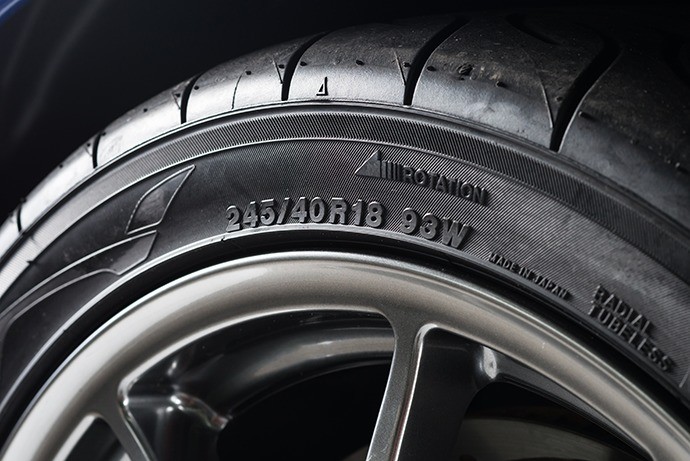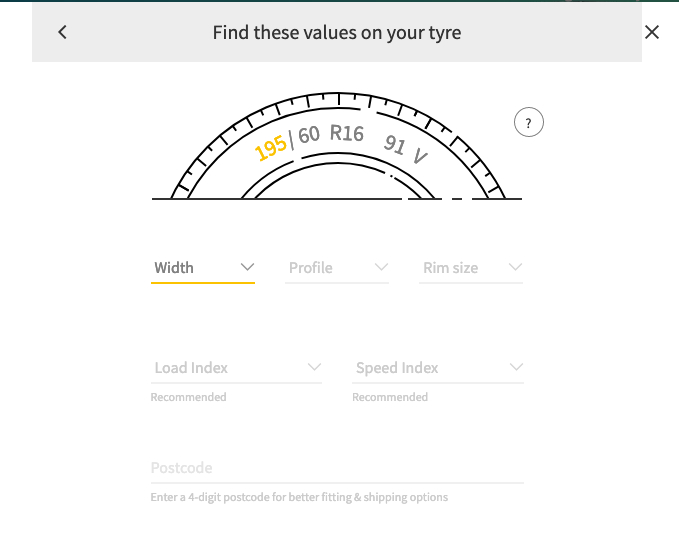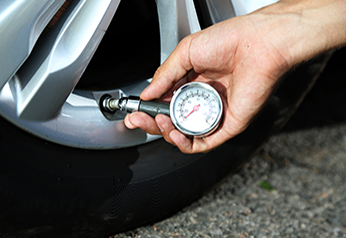
November 29, 2021
Tyre Ratings & Tyre Markings Explained
Buying new tyres can get confusing. It's natural to feel overwhelmed by the number of tyre brands and models available. However, tyre ratings and tyre markings can easily help you find the best match for your car
Learn how with Tyroola's in-depth look at tyre ratings and tyre marking.
What are Tyre Ratings?
Tyre ratings - also known as tyre markings - provide the following information:
1. Tyre size and specification
2. Tyre manufacturing information (where and when it was made)
3. It has passed the safety standards and certifications.
You can find your tyre's ratings on the side of your tyres, written as a series of numbers and symbols that come in very handy when choosing new tyres. They state the qualities, strengths and limitations of each tyre.
Tyroola Shopping Tip
Tyroola has made buying tyres less complex, reducing the process to a few steps -
1. Check your tyre sidewall for details on your current tyre; take a pic of the numbers too for future reference.
2. If you have a second-hand car, make sure that the existing tyres installed are within the legal limits.
3. Input the numbers or the Tyre ratings found on your tyre's sidewall here.
Where do I find the Tyre Markings on my current tyres?
-
Your tyre's sidewall code
-
The owner's manual of your vehicle
-
Your vehicle placard - located in the driver's door jamb, the glove compartment or petrol cap.
How to decipher Tyre Ratings
So what do tyre ratings actually rate? Here's a quick rundown of what all those numbers mean on the side of your tyre.
1. Tyre code
This is the alphanumeric tyre code moulded into the sidewall that shows the size, dimensions and limitations of your tyres. You can cross-reference specific measurements by using a tyre size chart.


• 1st Measurement: Letter
Established by the International Organisation of Standardisation (IOS), the tyre code usually begins with a letter denoting the vehicle class the tyre is suited for.
⦾ P: Passenger Car
⦾ LT: Light Truck
⦾ ST: Special Trailer
⦾ T: Temporary (restricted usage for 'space-saver' spare wheels)
• 2nd Measurement: Tyre width (3-digit number)
This measures the width of the entire tyre including the outer edges of the sidewalls, in millimetres. A slash (/) appears to separate the second measurement from the third.
• 3rd Measurement: Aspect Ration (2 to 3-digit number)
This measures the width of the entire tyre including the outer edges of the sidewalls, in millimetres. A slash (/) appears to separate the second measurement from the third.
• Radial Construction: This is an optional letter that indicates the construction of the carcass fabric:
⦾ B: bias belt (sidewalls are the same material as the tread, leading to a rigid ride)
⦾ D: diagonal
⦾ R: radial if omitted, then it is a cross-ply tyre
• 4th Measurement: Rim Diameter (1 to 2-digit number)
This number represents the diameter of the wheel rim that the tyre will be attached to which the tyre will be fit in inches. This measurement is of the diameter of the wheel that the tyre is designed to fit.
• 5th Measurement: Tyre Load Rating or Index (2 to 3-digit number)
This rating determines the load capacity or maximum weight a tyre can carry.

• 6th Measurement: Speed Rating (1 to 2-digit number)
This rating measures how fast the tyre can go, with a full load and the right amount of air.

2. DOT Code
The DOT Code is a smaller set of numbers nearer the rim of the tyre. It shows the following:

-
US Department of Transportation stamp
-
International Tyre Plant Code / where the tyre was made
-
Size code
-
Date of Production
-
European ECE Type Approval
3. Other tyre information
-
Brand Name
The name of the tyre's manufacturer will be prominently displayed. This is frequently the largest writing on the tyre. -
Pattern Name
Tyre producers provide a variety of patterns for their tyres. On the sidewall of your tyre, the pattern of your tyre will be clearly visible. -
UTQG Rating
This series of numbers, also set by the US Department of transport, measures a tyre's treadwear, traction and resistance to temperature.
Why are Tyre Ratings important?
Understanding the information reflected in its tyre ratings will help you choose a new set of tyres.
Usually, this would be the original equipment tyres - or the tyres that came with your car when you first bought it.
OEM tyres were designed for your vehicle, so naturally, they would be the best choice. So knowing what the tyre ratings are can help you narrow down your options for a replacement set of tyres.
However, this can also go the opposite way. You might need a new set of tyres that reflect your current driving habits.
You will still need the information found in the tyre ratings of your current tyres to help you choose a new set that is still within the parameters required for your vehicle to ensure your safety.
Need more info about Tyre Ratings & Tyre Markings?
Reach out to our social media accounts and members of #TeamTyroola will assist you.
If you're in the market for a fresh set of tyres, Tyroola has the widest selection you'll find online to fit all budgets and all your driving needs.
You can start shopping for the perfect set of tyres here.



